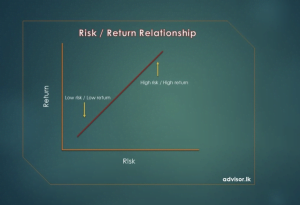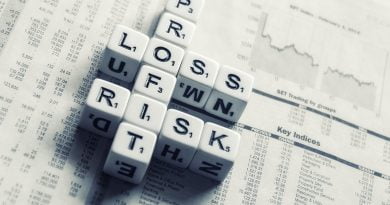Investing 101 – Understanding Risk and Return
Risk and return – Introduction
An investment is anything which earns or appreciates over the period, as described by the Investopedia.com, an investment is a monetary asset purchased with the idea that the asset will provide income in the future or will be sold at a higher price for a profit. Return on an investment varies depends on the type investment and associated risks, an investor should understand that every saving and investment product has different risk and return levels. Differences include how readily investors can get their money when they need it (liquidity), how fast their money will grow (Return), and how safe their money will be (security).
An investor can choose an investment option based on above-mentioned factors which decide the risk profile he belongs to, there is always a positive relationship with risk and return, higher the risk is higher the return and low risk will bring you low return. Reliant upon aspects like age, income, and investment goals, an investor may be willing to take significant financial risks in investments, or the investor may prefer to keep things much safer. It’s crucial that an investor decide how much risk to take on while remaining comfortable with his or her investments.
Investment options and Risk/return relationship
In general, Government bills, bonds, savings and fixed deposits are considered as less risky investments and the stock market investment is considered to be on the higher side of risk. Watch out for the upcoming chapters of this series where we do an analysis on a few investment options to understand the risk and return elements. Following are the most commonly used investment options in our country and each option carries a different level of associated risks and return.
- Government securities (Treasury Bills and Bonds)
- Savings Deposit
- Fixed deposit
- Life Insurance
- Mutual funds
- Investing in share market
On an important note, an investor should be aware of the inflation rate of the country, assume your savings account gives you a return of 5% per annum while the inflation rate is at 7%, literally you are losing, and the least riskier investment made you lose 2% of the value of your investment. If your money doesn’t grow as fast as inflation does, it’s like losing money, because while 100 rupee buys a loaf of bread today, in ten years it might only buy half of it or less than that.
“If your money doesn’t grow as fast as inflation does, it’s like losing money”
It’s vital to keep in mind that higher risk does NOT equal greater return or lower return does not equal no risk. The risk/return tradeoff only indicates that higher risk levels are associated with the possibility of higher returns, while lower return investment might have the possibility of risking your investments, but nothing is guaranteed.
Disclaimer: The information contained in this article is for informational purposes only, should not be considered as investment advice. Always make sure to do your own research, talk to your financial advisor and/or seek independent advice where appropriate & necessary.





